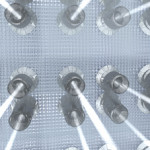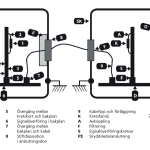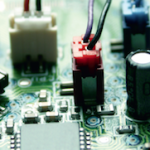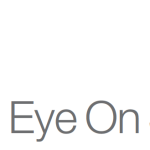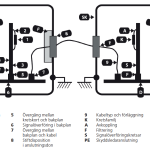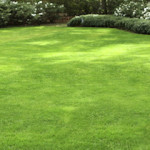An efficient and repeatable measurement method for determining shielding effectiveness of cable feedthroughs based on the use of nested reverberation chambers is presented. The measurement method is validated by comparing measurements on an isolated conductor penetrating the shield with a simple theory based on basic circuit theory in combination with antenna theory. The agreement between measurements and simulations is very good in the considered frequency range 400 MHz to 4 GHz. Measurement results for commercially available cable feedthrough are also presented.
